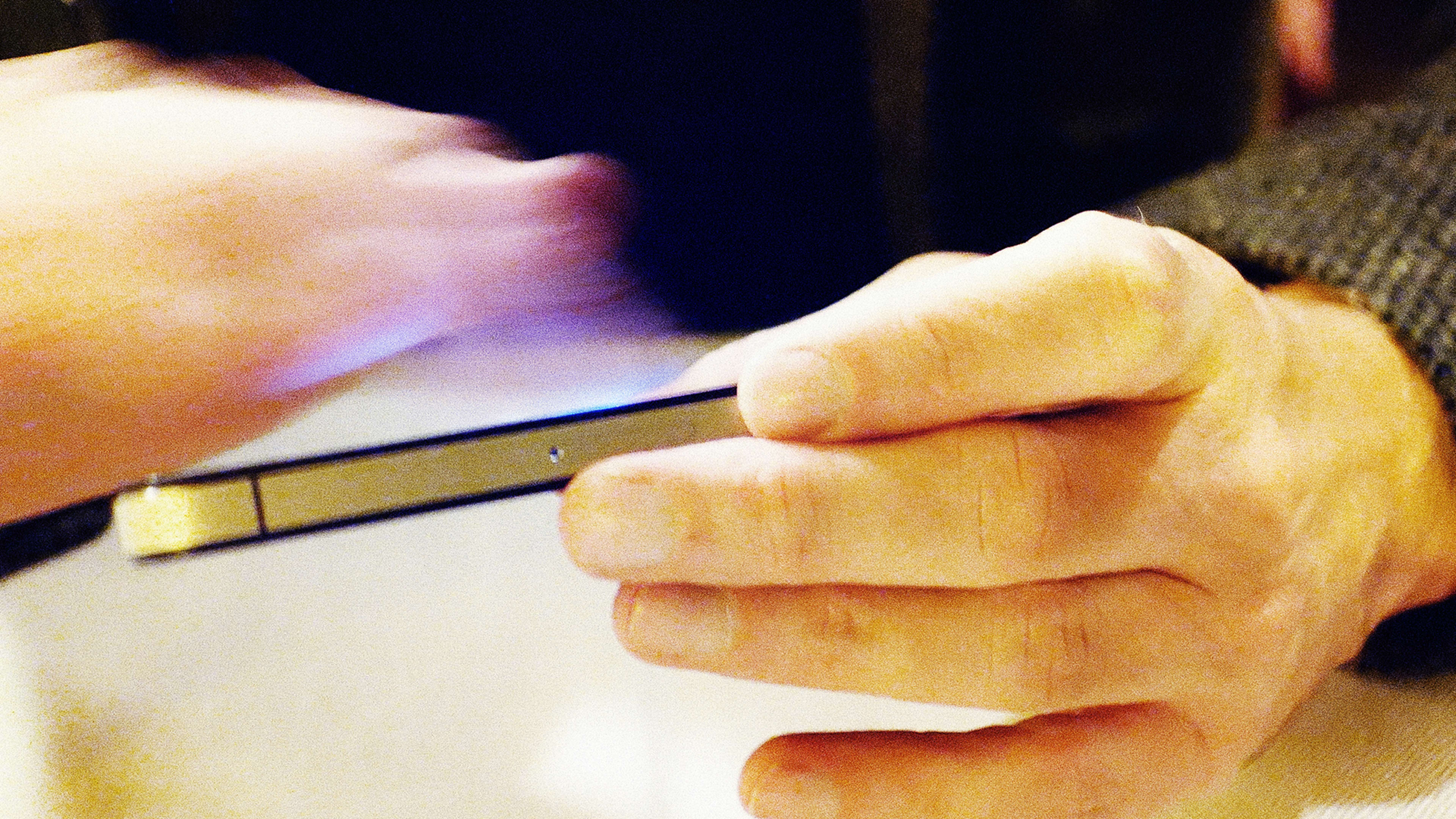The Internet of Things is coming to shopping bags. Adobe, which has been pushing to succeed in the retail analytics market, is selling customers on a prototype “Store of the Future” that features RFID chip-enabled shopping bags that allow users to purchase items just by putting their bags on a checkout counter.
Today, Adobe opens a prototype store in Las Vegas that is intended to showcase numerous trends in retail that brick-and-mortar stores are borrowing from online retailers: analytics of in-store customers, real-time metrics on inventory, and RFID tags on clothing that allow items to be tracked throughout the store.
The company’s smart-store demonstration consisted of a mix of features already found in retail stores along with more forward-leaning products. Smart beacons that track customers through their mobile phones are increasingly common in retail, and boutiques like Rebecca Minkoff are pioneering stores filled with RFID tags.
One of the most interesting ideas on display was the RFID chip-enabled bag. Produced by a startup named Twyst, which markets them as “Smart Internet Connected Bags,” the bags automatically inventory any items put in them, and then charge a customer’s credit card when they exit the store. The version that I saw consisted of a large shopping bag with a second bag contained within it. As the shopper removed the second bag from the larger shell around it, that activity automatically initiated a transaction. Essentially, it’s creating a bag that does the customer’s transaction for them.
Customer tracking was also an integral part of the demo. Though Michael Klein, Adobe’s director of retail industry strategy, was careful to emphasize that customers can remain anonymous, those whom he described as “known shoppers” can interact with touch screens in the store, get custom discounts, order items not in stock to be shipped to them, and browse look books. Beacons in the store help the retailer identify the customer, which is where Adobe and their competitors’ backend analytics kick in.
“Retailers are using what is available to them,” Klein added. Many of the technologies on display at the demonstration were also seen at recent trade shows such as the NRF Retail Big Show, and exemplify how brick-and-mortar retailers have been forced to adapt after almost two decades of losing market share to data-driven digital rivals like Amazon and eBay. Technologies such as RFID chips and beacons allow retailers to create their own detailed data sets on everything from inventory and logistics to customer traffic patterns, helping give them some leverage over their suppliers and competitors.
And for companies like Adobe, the hope is that technologies created for the retail industry will find uses beyond stores. Kim Smith, the company’s global head of digital services innovation, noted that many of the technologies used in the demo ranging from customer analytics to RFID chips are being used in other industries such as hospitality and financial services.
Recognize your brand’s excellence by applying to this year’s Brands That Matter Awards before the early-rate deadline, May 3.
